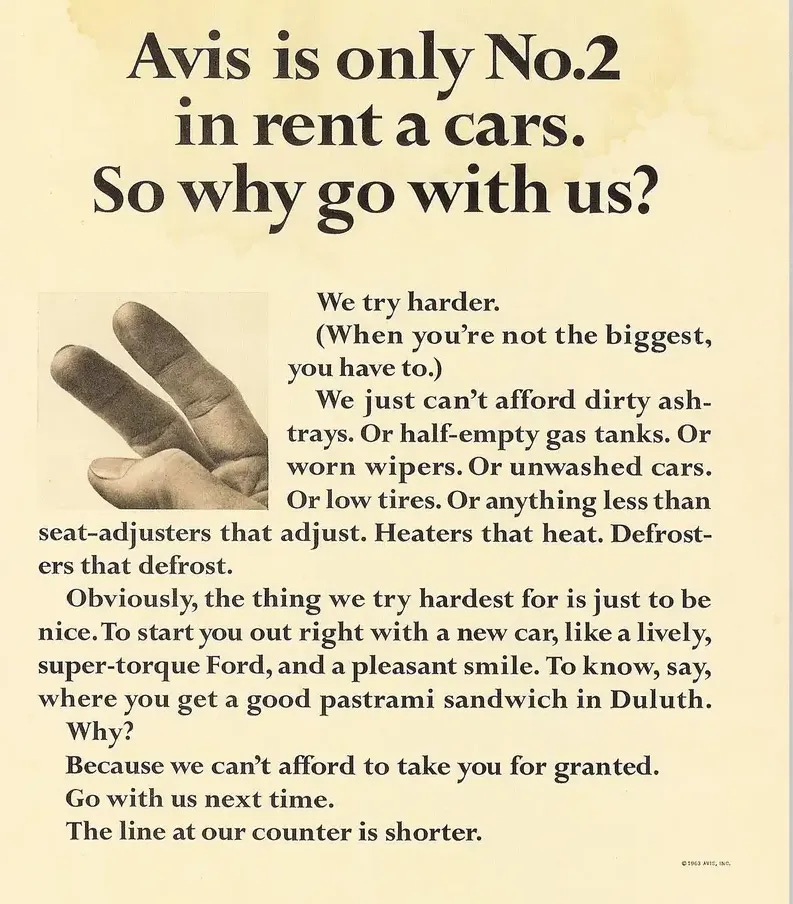Your buyers get it in 10 seconds?
If they don’t, you don’t get the deal, and that’s on your positioning.
I started my career deep in demand gen. But after three CMO roles and advising dozens of B2B companies, one thing is clearer than ever:
If your messaging & positioning aren’t sharp, demand gen can only take you so far.
Recently, I audited GTM for a PE-backed company, and one thing stood out:
Buyers kept saying, “We already use [X], so why would we need you?”
You may think that’s not a sales objection, but it’s actually a positioning problem.
And I see it all the time, especially in crowded SaaS and AI markets where buyers don’t have the time (or patience) to “figure you out.”
Where many teams go wrong
They skip straight to execution – messaging, content, features, campaigns.
But if your positioning isn’t clear, none of it will land.
You get weak conversion, confused buyers, and campaigns that underperform, not because your tactics are bad, but because your foundation is. Not to mention the time and money you spend along the way.
And in 2025, if buyers don’t get it in 10 seconds… they’re gone.
The thing is that almost everyone agrees positioning is important, but very few actually treat it like a priority.
According to a recent survey by Wynter, only 13% of B2B marketers say their positioning is very effective.
Thirteen…
Although that’s the core of your GTM – speaking to buyers in a way that actually resonates.
Many teams get this wrong, but that’s exactly why it’s such a big opportunity to do it right.
But positioning isn’t where you start
It all starts with the strategic narrative, backed by customer research (otherwise it’s a guessing game).
As Andy Raskin puts it, a strategic narrative is “a story that aligns everyone around the shift your company enables.”
And when done right, it gives your buyers the why before the what. The context they need to care.
It’s not about your features or your tech stack. It’s about showing buyers what’s changed, why it matters, and how you help them win in the new reality.
Here’s a simple 4-step structure to help you nail your narrative:
1- A specific macro change has happened in the world
2- Which has created a big problem for a specific audience or industry
3- [Company] solves this problem through ABCD (your approach & tech – 10,000 ft view, not product messaging)
4- And your solution helps drive long-term impact or change at a macro level
One of my favorite examples is how Drift positioned themselves early on, not as a chatbot tool, but as the first Conversational Marketing platform. A masterclass in differentiation.
Practically speaking, here’s how it maps to the steps above:
1- Macro change: People changed how they buy. They didn’t want to fill out forms and wait, they expected real-time conversations.
2- Problem: The old demand gen model (forms + email follow-ups) created friction and slowed things down.
3- Drift’s approach: They positioned themselves as the first Conversational Marketing platform. Not just a chatbot, but a new GTM motion built for how buyers actually want to engage.
4- Long-term impact: They helped B2B teams shift to faster, more human sales experiences, and redefined what modern B2B marketing should look like.
That narrative became the engine for their brand, growth, and eventual acquisition.
From narrative to positioning
Once you’ve nailed the strategic narrative, the next step is to extract your positioning.
At a high level, great positioning makes three things clear:
Who it’s for
What you offer
Why it matters (the value you deliver)
That clarity becomes the foundation for everything downstream: Messaging, campaigns, sales conversations, and even roadmap decisions.
If you want to go deeper, I recommend using April Dunford’s full positioning framework:
This gives you the complete strategic lens, not just for messaging, but for how you show up in the market.
Between the lines
Strong positioning isn’t just about what you say but how buyers feel about you. And it’s not about theory.
One of the clearest examples is Avis vs. Hertz.
Yes, it’s an old example. But like I always say: even with all the advancements around us, including AI, the foundations haven’t changed.
So, in the early ’60s, Avis was the distant #2 in car rentals, and had been losing money for over a decade.
But instead of trying to look like the leader, they leaned in: “We’re number 2. We try harder.”
It wasn’t just a tagline. It was a repositioning strategy that flipped a weakness into a reason to choose them.
One ad read: “We can’t afford to take you for granted.”
That message worked. It made Avis feel more human, more customer-obsessed, more committed.
The result? Profitability within a year and a market share jump from 11% to 35%.
Same cars. Same service.
But better positioning made them more appealing.
Because when your message is sharp, honest, and buyer-first – growth follows.
Thanks for reading & see you next Saturday!
Alon
P.S. New here? Check out the latest topics.
P.P.S. When you're ready, here are 3 ways I can help you.







